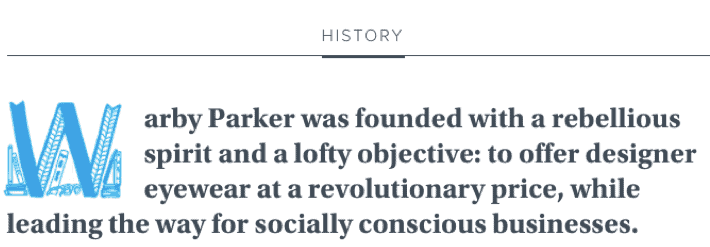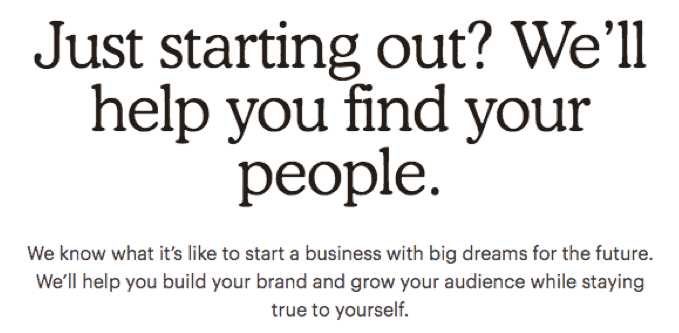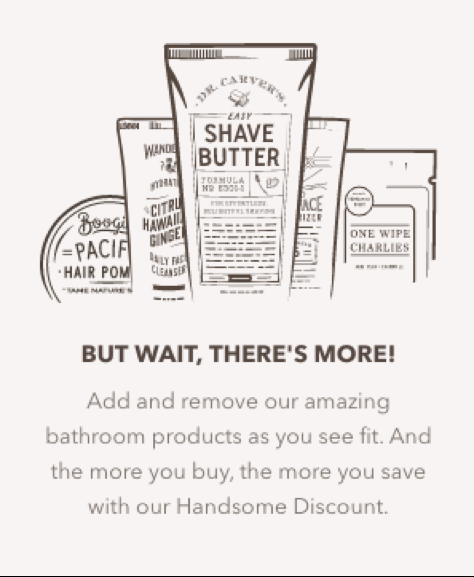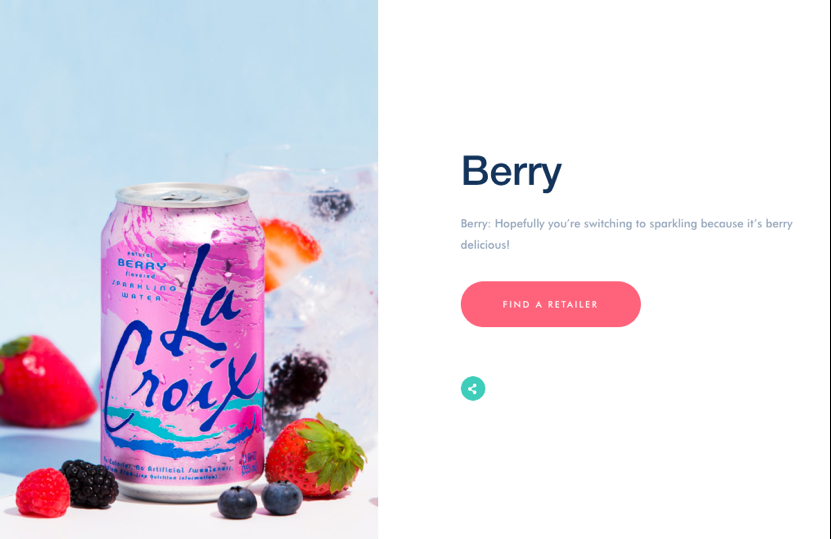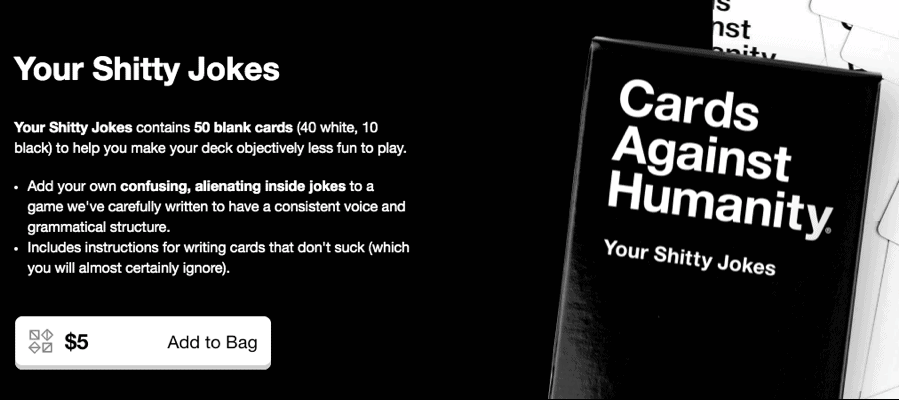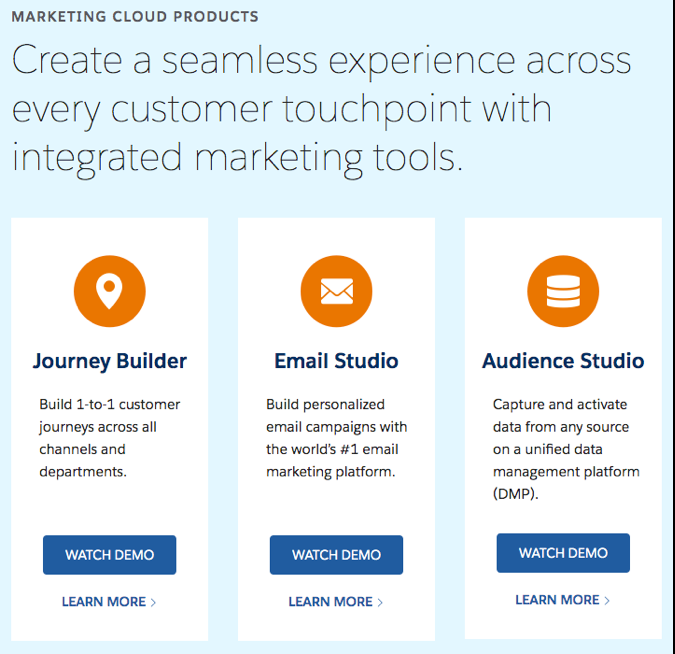What you say and how you say it matters, especially when it comes to content marketing. After all, you aren’t just trying to sell a product or service to customers — you’re trying to sell customers on your brand.
Think about it: The average American sees hundreds of ads a day, according to a 2014 study from Media Dynamics Incorporated. That number has likely grown over the years with rising media consumption. With so much noise to cut through, how can you make sure your voice is heard?
You just have to find it. B2B and B2C customers alike respond best to brands with a distinct sense of personality because they tend to be more memorable, and the key to creating a memorable brand personality is to develop a consistent brand voice and tone. There’s a bit of nuance to the larger conversation around what brand voice and tone are, how they differ, and what it takes to find your voice, so we’ve created this guide to help you get started.
What’s the Difference Between Voice & Tone?
There’s a great debate raging in the world of content marketing over the difference between voice and tone. Some content marketers believe that there’s effectively no difference between the two, while others argue that they have a distinct meaning. Here at Vital, we fall into the latter camp. The way we see it, voice refers to what you say, whereas tone refers to how you say it.
Make sense? If not, we’re happy to clarify.
Voice
To reiterate, your voice is what you say and is a great way to bring your brand’s personality to life. Some things to consider when developing your brand’s voice:
- Do you use lots of industry jargon, or do you prefer to keep things high level?
- Do you use slang to sound more casual?
- What’s your stance on emojis — fun and friendly or irritating and immature?
- Do you use a lot of acronyms?
- Do you use contractions?
- Is your writing humorous?
- What’s your point of view? Do you prefer to speak in first-person or third (for example, “Vital” vs. “we”)?
Tone
Your tone is how you say things. In her book The Artful Edit, Susan Bell says, “Tone is to a story what atmosphere is to a room.” Although this quote refers to writing a novel, it’s equally applicable to content marketing. Tone is, effectively, how you wield your brand voice, the attitude it conveys, and how it makes people feel.
Tone is incredibly nuanced — just look at these examples to see how something as simple as a change in punctuation can dramatically affect your tone:
- Thank you, Marissa.
- Thank you, Marissa!
The first sentence sounds half-hearted at best, while the second makes it seem like the person genuinely appreciates the help — so much so that you can envision them smiling from ear-to-ear while they type it. As you can see, choosing to use either a period or an exclamation point to cap a sentence dictates its overall tone.
Another key difference between voice and tone is that voice remains constant, while tone changes depending on the context. For example, you’d probably use a very different tone when talking to your cat than you would when chatting with coworkers — a change your coworkers would surely appreciate. In much the same way, the tone you use to talk to prospective customers will be different from the one you use to talk to long-term customers.
Think of it like dating. When you first go out with someone, you want to project an air of confidence so that they’ll be interested in seeing you again. Compare that to someone you’re in a relationship with — you’re comfortable with them, but still need to keep things interesting enough so that they’ll want to stay in it for the long haul. The same is true for prospects and existing customers: Prospects have yet to discover just how awesome your product or service is, so you need to capture their attention, whereas existing customers already know, but you still need to put in work in order to keep them loyal to your brand.
Why Are Voice & Tone Important?
We’re about to drop some knowledge on you: Brands aren’t human. Completely mind-boggling, right?!
(Did you pick up on the sarcasm there?)
Brands might not be human but with the right voice and tone, you can define your brand’s personality and make your customers feel as though they’re interacting with a person rather than some faceless corporation.
Take a look at this ridiculous tweet from MoonPie, purveyor of fine marshmallow-stuffed, chocolate-coated treats:
Based on the humor of that tweet — and the company’s entire Twitter account, for that matter — it’s hard to imagine that a bunch of stuffy, boring businessmen are the masterminds behind MoonPie’s operations. Their voice also stays consistent with every post: They don’t use punctuation, acknowledge and share funny memes, and personify themselves by using “I” instead of “we” or “MoonPie.” Despite rarely ever using hashtags, MoonPie’s Twitter account has amassed 284k followers, which goes to show just how powerful brand voice can be.
After recruiting an agency to brighten up their social media presence, MoonPie’s sales increased by 17%! That’s with no new product launches, no new promotions, and no new distribution strategies — it’s all attributed to their social media voice.
Your brand doesn’t have to have the same zany sense of humor as MoonPie — after all, that might not play as well for, say, an auto parts manufacturing company or a luxury jeweler. You just have to find a voice and tone that feels authentic to your brand and will help you connect with your audience.
How to Find Your Brand Voice
Have you ever quickly typed up an email and sent it without proofreading it first? If you have, you’re probably familiar with the sinking feeling that comes with realizing that you put something out into the world that misrepresents yourself — a feeling you certainly wouldn’t want to replicate with your brand.
Here are a few questions you can ask yourself to help find your brand voice:
Who Are You?
Why does your company exist? Loaded question, we know, but try to keep your answer simple. Check out this example from Warby Parker to get a better idea of how you might respond:
The tone here is straightforward but peppered with creative word choices such as “rebellious spirit” and “lofty objective” that convey the brand’s voice. Think about it: Warby Parker is rebellious because it’s an affordable alternative to high-end, designer glasses. Its lofty objective is that the company donates a pair of glasses to those in need for every pair it sells. Each individual word was selected to clearly communicate what the company is all about.
Who is Your Audience?
It’s just as important to consider who will be on the receiving end of your content as it is to consider what your brand stands for.
For example, toy companies cater to children, so it wouldn’t make sense for them to use a serious tone. Could you imagine six-year-old Billy shouting, “Mom! Can I have this incredibly educational computer game that’s designed to teach me about different species, their habitats, and their diets, all in an easy-to-use interface designed for kids ages five to seven?” Of course not — unless Billy’s some sort of child prodigy who graduated from Harvard at age four, that would be ridiculous! Instead, he’s far more likely to say, “Mom! I want that cool animal game, so I can make my own zoo!”
What Kind of Content Are You Creating?
“Content” is sort of a catch-all term to describe “the information and experiences that are directed towards an end-user or audience” (per our good friends at Wikipedia). Content includes marketing materials, social media accounts, website copy, design aesthetic, and everything in between.
Who Should Have a Say in Your Brand Voice?
If your company consists of 5,000+ employees, please, for the love of God, don’t get every single person’s opinion on what your brand’s voice should be. Even a 10-person company can end up with too many cooks in the kitchen. Everyone is going to have a different idea, so it’s best that you include only the right people — the CEO, department leads, marketing leads, and employees who will actually be writing your content — in your brand voice discussion. By reducing the number of talking heads, you can prevent the decision-making process from spiraling out of control.
What *Don’t* You Like?
Process of elimination can be a powerful tool. Look at a variety of brands — they don’t necessarily need to be in your industry — to figure out what you really don’t like, and what speaks to you.
The insurance agency is a great place to start because each insurer uses a different brand voice to communicate essentially the same thing. See if you can guess which of these two phrases is State Farm’s slogan, and which is GEICO’s:
- “15 Minutes Could Save You 15% or More on Car Insurance.”
- “Here to Help Life Go Right.”
Because they’ve created such a noteworthy brand voice, it’s obvious which of these belongs to GEICO. GEICO’s tried-and-true “15 Minutes” tagline is straightforward and confident, clearly communicates just how easy it is to get a quote, and is consistent with GEICO’s overall branding, which is humorous yet authoritative. Even more important, it distinguishes GEICO from its competition by focusing on insurance as a commodity rather than a long-term relationship.
For years, State Farm used the “Like a Good Neighbor, State Farm is There” tagline to convey a sense of familiarity and dependability. State Farm updated its slogan in 2016, changing it to “Here to Help Life Go Right” — a message that reinforces the idea that State Farm is a trusted partner that will stand by its clients through good and bad. State Farm’s approach is in direct contrast to GEICO’s, which just goes to show how brand voice can be a powerful differentiator.
Be an Original
If you take one thing away from this blog, please let it be this: Don’t copy your competitors!
You know what? We’ll say it one more time, just so it sinks in:
DON’T COPY YOUR COMPETITORS!
If you’re thinking to yourself, “Well, yeah, that’s just common sense,” you’d be surprised. Creating a brand voice — especially one that is smart, entertaining, and engaging — can be challenging, and some companies would rather crib from the competition rather than put in the legwork themselves. Some might say that imitation is the highest form of flattery but, in reality, nobody likes a copycat. Although it might seem like an easy way to score points, mimicking other brands does your business a disservice because it makes you virtually indistinguishable from your competitors, which makes customers less likely to show an interest in you.
In short, your brand voice needs to be unique — it is yours, after all.
Brand Voice Hall of Fame
Now that we’ve covered the basics of establishing your brand’s voice and tone, let’s look at some of the businesses that do it best:
MailChimp: Warm. Welcoming. Supportive.
Dollar Shave Club: Straightforward. Masculine. Honest.
Bumble: Smart. Open-minded. Forward-thinking.
Duluth Trading Company: Tough. Humorous. No-nonsense.
La Croix: Colorful. Joyful. Bright.
Cards Against Humanity: Snarky. Irreverent. Satirical.
Salesforce: Clear. Concise. Informative.
One does not simply create a winning brand voice overnight; it takes time, effort, and patience, so don’t be dismayed if you don’t get it right on the first try. Get to know your audience, think about the message you want to convey (and how you want to convey it), and let things flow from there. And, if you need help, just give us a call — we’ve got your back.

